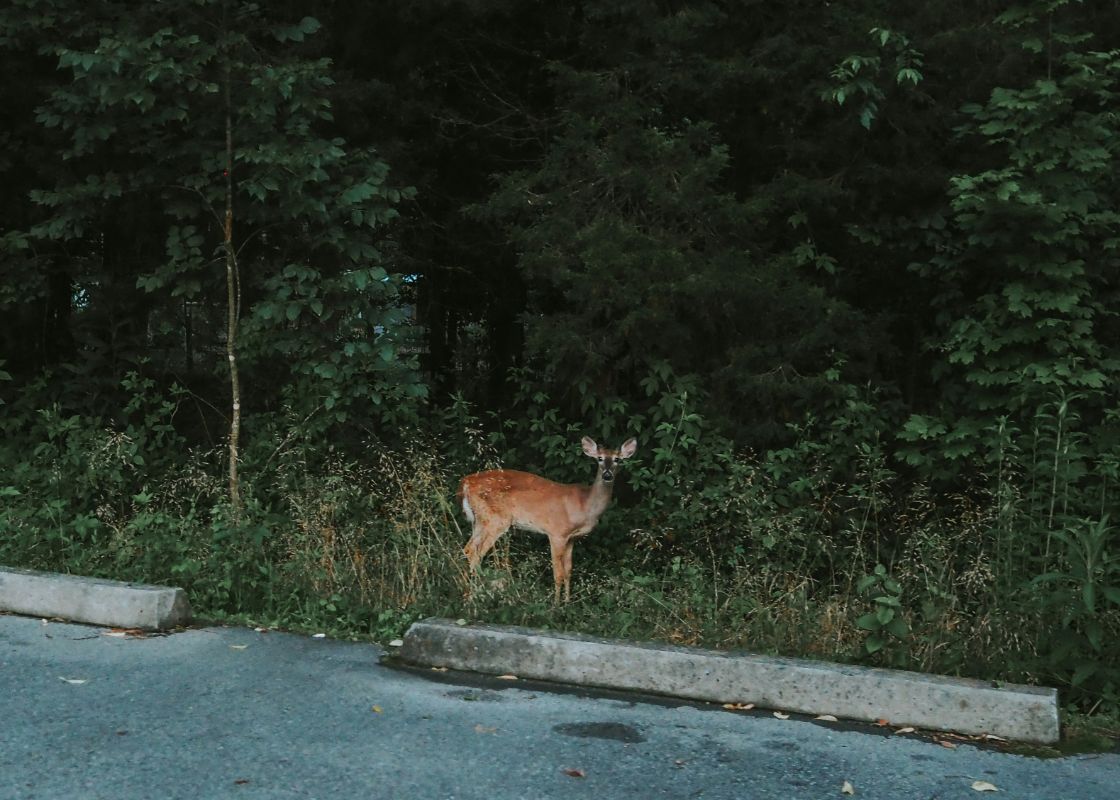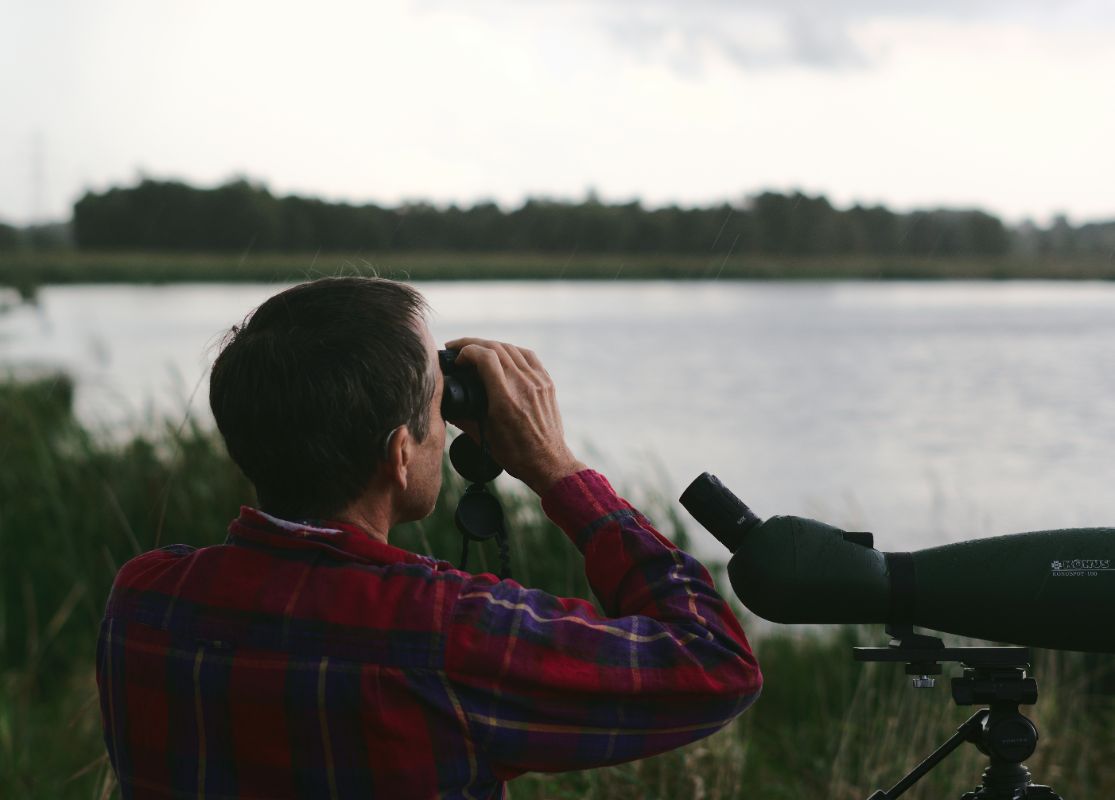Wildlife Photography Tips for National Park Visitors

Master the art of wildlife photography in national parks with these essential tips and ethical guidelines for capturing memorable images.
Wildlife Photography Tips for National Park Visitors
Capturing images of wildlife in their natural habitat is one of the most rewarding experiences for photographers visiting national parks. Whether you’re a beginner with a smartphone or an experienced photographer with professional gear, these tips will help you take better wildlife photos while respecting these precious animals and their environments.
Preparation Is Key
Research Your Subjects
Before visiting a park, research what wildlife you might encounter. Understanding animal behavior patterns will significantly improve your chances of successful photography:
- What time of day are they most active?
- What habitats do they prefer?
- What is their typical behavior during the season you’re visiting?
Ranger stations, visitor centers, and park websites often provide information about recent wildlife sightings.
Pack the Right Gear
While you don’t need the most expensive equipment to capture great wildlife photos, certain items are essential:
- Telephoto lens: A zoom lens (at least 200mm, preferably 300mm or longer) allows you to photograph animals from a safe and respectful distance.
- Tripod or monopod: Stabilization is crucial, especially in low light or when using long lenses.
- Extra batteries and memory cards: Wildlife photography opportunities can be unpredictable and plentiful.
- Weather protection: A rain cover for your camera and lens can save your equipment during unexpected weather changes.
Field Techniques
The Golden Hours
The hours shortly after sunrise and before sunset provide the most flattering, warm light for wildlife photography. Many animals are also more active during these times.
Patience and Stillness
Wildlife photography requires patience. Find a promising location, get comfortable, stay quiet, and wait. Moving slowly and deliberately when you do need to reposition yourself will help avoid startling animals.
Focus on the Eyes
In almost all wildlife photos, the animal’s eyes should be in sharp focus. This creates an emotional connection between the viewer and the subject.
Composition Matters
Consider these composition tips:
- Rule of thirds: Position your subject at the intersection points rather than the center of the frame.
- Space to move: Leave space in the direction the animal is facing or moving.
- Environmental context: Sometimes including habitat in your composition tells a more complete story than a tight portrait.
- Background awareness: Look for clean, non-distracting backgrounds that help your subject stand out.
Ethical Wildlife Photography
Keep a Respectful Distance
Use your zoom lens rather than approaching animals closely. Getting too close can stress wildlife, alter their behavior, or create dangerous situations.
National Park Service rules generally recommend staying at least:
- 25 yards (23 meters) from most wildlife
- 100 yards (91 meters) from predators like bears and wolves
Never Feed Wildlife
Feeding wildlife damages their natural behaviors and can be harmful to their health. It’s also prohibited in all national parks.
Stay on Designated Trails
Venturing off-trail can damage fragile ecosystems and disturb wildlife habitats.
Know the Signs of Stress
If an animal changes its behavior because of your presence—stops feeding, stares at you, or moves away—you’re too close. Back up slowly and give it more space.
Post-Processing Tips
A few simple edits can elevate your wildlife images:
- Crop thoughtfully: Eliminate distracting elements while maintaining proper composition.
- Adjust exposure: Wildlife photography often involves challenging lighting conditions.
- Sharpen selectively: Apply sharpening to the animal (especially the eyes) rather than the entire image.
- Be honest: While basic adjustments are acceptable, avoid heavily manipulating images in ways that misrepresent natural behaviors or environments.
Share Responsibly
When sharing your photos on social media or photography platforms:
- Consider whether revealing specific locations might lead to over-visitation of sensitive areas.
- Use your captions to educate others about wildlife conservation and ethical photography practices.
- Follow park guidelines about commercial use if you plan to sell your images.
Remember that the best wildlife photographers prioritize the well-being of their subjects above getting the “perfect shot.” By practicing ethical wildlife photography, you contribute to the conservation of these magnificent creatures and the preservation of their habitats for future generations to enjoy.
What wildlife photography experiences have you had in national parks? Share your tips and favorite encounters in the comments!
Frequently Asked Questions
What camera equipment do I need for wildlife photography in national parks?
A telephoto lens (at least 300mm, preferably 400-600mm) is essential for maintaining safe distances from wildlife. A sturdy tripod, extra batteries, and memory cards are crucial. Consider a camera with good low-light performance for dawn/dusk shooting when animals are most active.
How close can I get to wildlife for photography while staying safe?
Maintain at least 100 yards from bears and wolves, 25 yards from elk, bison, and moose. Use your telephoto lens to 'get closer' optically rather than physically. If an animal changes its behavior because of your presence, you're too close and should back away immediately.
When is the best time for wildlife photography in national parks?
The golden hours of early morning (30 minutes before sunrise to 2 hours after) and late afternoon (2 hours before sunset to 30 minutes after) offer the best lighting and highest wildlife activity. Many animals are more active during cooler parts of the day.
Do I need special permits for wildlife photography in national parks?
General wildlife photography doesn't require permits, but commercial photography, large equipment setups, or any activity that might disturb wildlife may require special permits. Always check with the specific park's regulations before your visit.
What ethical guidelines should I follow when photographing wildlife?
Never bait, call, or harass animals for photos. Don't use flash photography around wildlife. Respect nesting areas and sensitive habitats. The welfare of the animal always comes before getting the shot. Follow Leave No Trace principles and park regulations.
How do I handle challenging lighting conditions in wildlife photography?
Shoot in RAW format for maximum editing flexibility. Use exposure compensation to avoid blown highlights on bright fur or feathers. Consider graduated neutral density filters for high-contrast scenes. Embrace backlighting for dramatic silhouettes and rim lighting effects.
What should I do if I encounter dangerous wildlife while photographing?
Stay calm and don't run. Back away slowly while avoiding direct eye contact. Make yourself appear larger if facing a bear. Always carry bear spray in bear country and know how to use it. Your safety is more important than any photograph.
